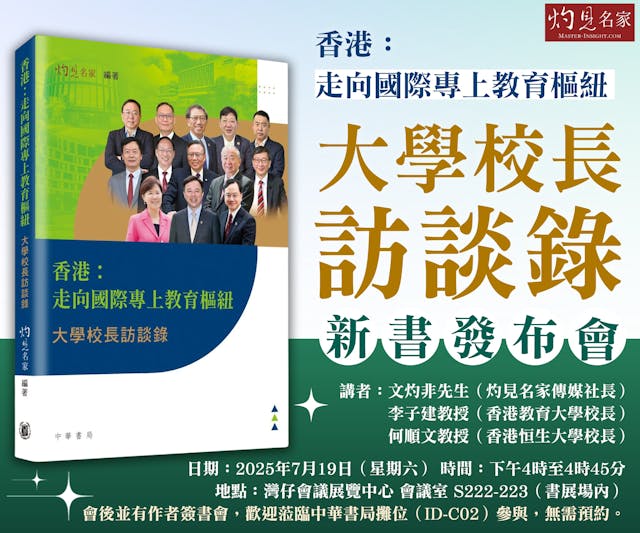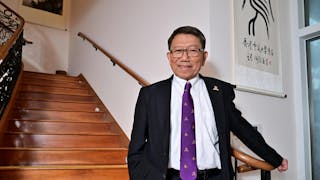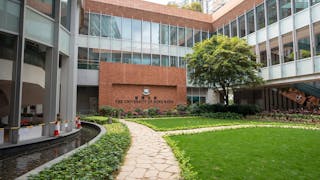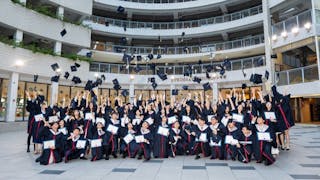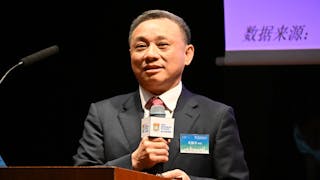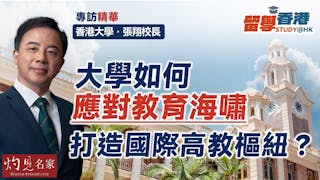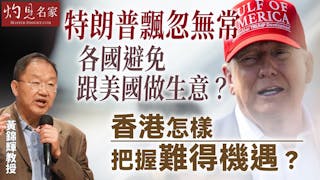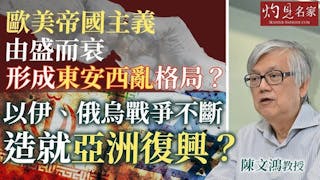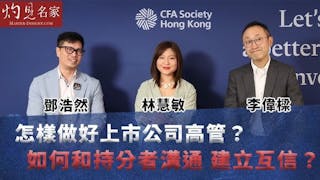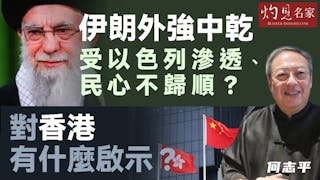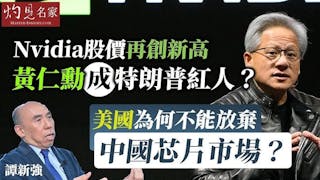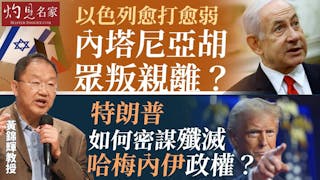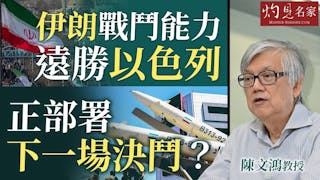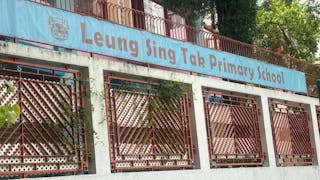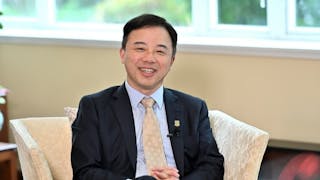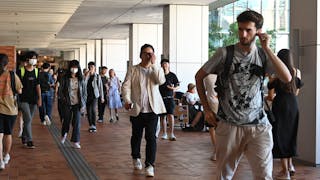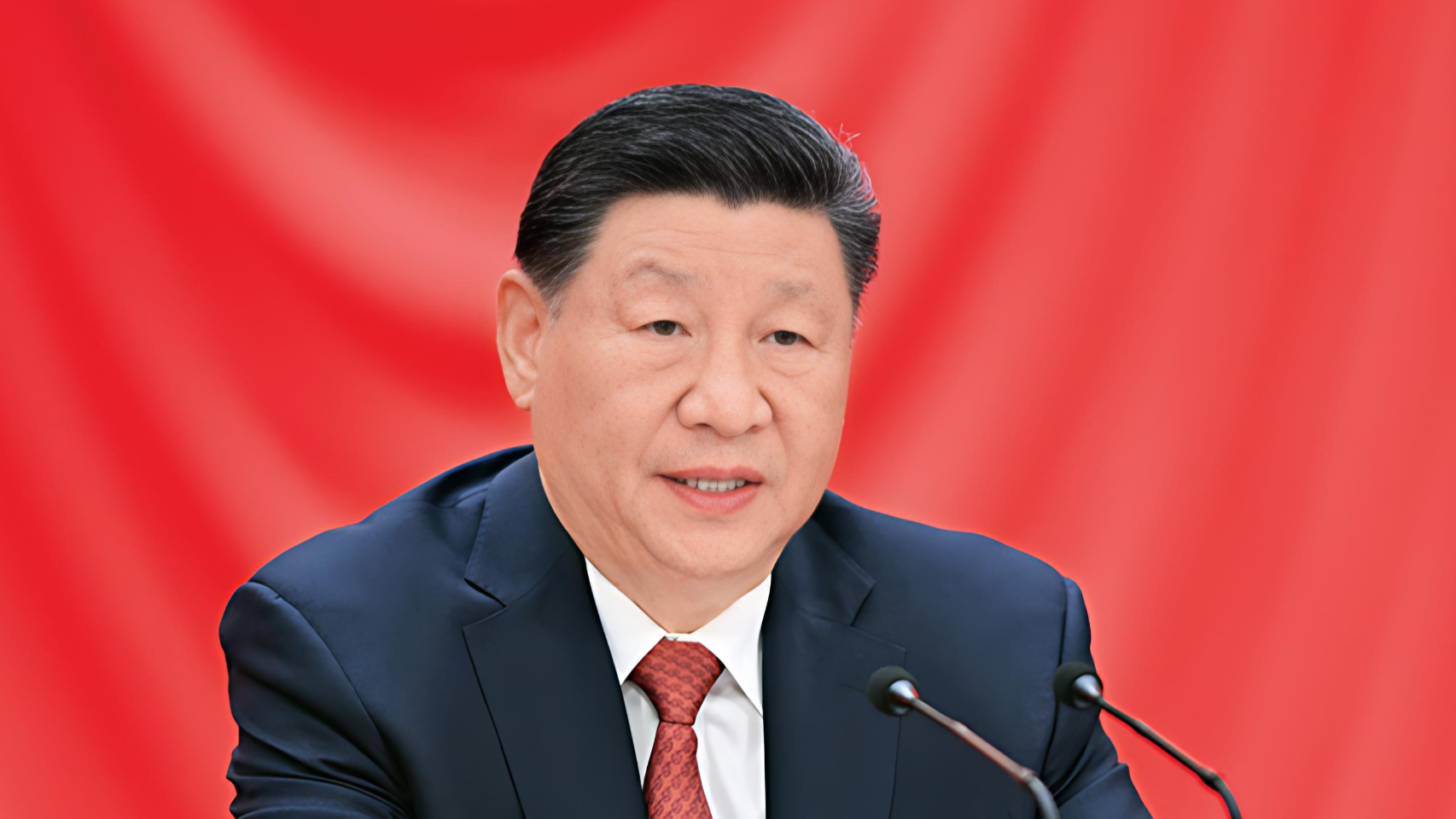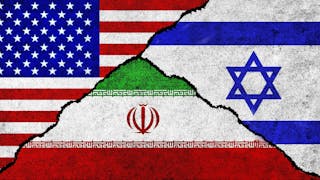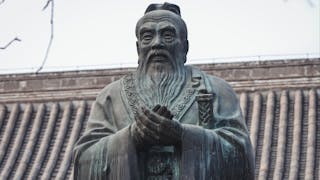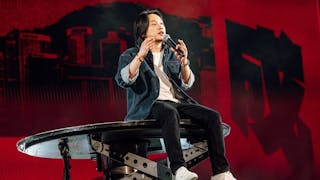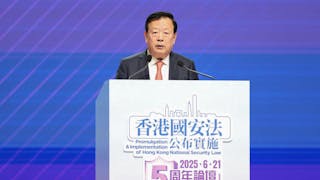眾所周知,改革絕對沒有一個適用於任何情境的標準模式。不同的學校改進理念的基礎都離不開有建構「改革執行力量」(capacity)的需要。
It is evident that for a school to improve it must start to change…In recent years attention has increasingly focused on the importance of “capacity building”. (Gray, 2005:89)
什麼是「學校改進」?
不同學者對「學校改進」(school improvement)都持有不同的定義。例如:Miles(1986)將學校改進定義為「是一種針對改善一所或多所學校與學習相關的內部條件以營造更具系統性和永續性的改革力量,其終極目標在於有效達致教育宗旨和目的」;Barth(1990)認為「學校改進需要學校文化的改變,而促使改變的可包括其內在文化、人際關係和學習經驗的質素等」;Hopkins(1996)則以兩個角度去闡釋學校改進的定義:一、若以普通常識的角度來說,學校改進可以是泛指「能令學校成為有助學生發生學習的理想場地的一切力量」;二、用另一個比較專業的角度解釋,學校改進可以是「一種能夠強化學校改革能量及提昇學生學習果效的教育改革策略」。至於Harris(2002)則綜合了以上學者的解釋,將學校改進附以兩個假設:那就是,一、如改革條件適合,學校是有足夠能量去自我完善,而校內同工則有責任用心經營和製造有關改革的條件;二、學校改進是一個由內至外、強調永續學習、由決策到支援和由成人至青少年等都有參與的改革模式,其終極目的是希望達成學校文化的改變。
Ainscow, Clarke & West (2005)更將學校改進界定為:
An approach that is driven by enquiry, reflection and collaboration. It involves staff in studying aspects of practice in their schools, using different forms of evidence to challenge their thinking and to stimulate their creativity.
當中他們也將學校「創新」(creativity)這個元素作為學校改進的成果之一。
以學校為改革的核心
今天的歐美學者亦將學校改進理念與在校發展「集體領導」(collective leadership, e.g. Leithwood & Jantzi, 2011),或稱「教師領導」(teacher leadership, e.g. Frost, 2012; Harris & Muijs, 2005)連上關係。台灣學者吳清山(2004)從他的研究指出,學校從事創新經營,推行策略可包括:一、校長積極倡導革新;二、形塑學校為學習型組織,塑造學習文化;三、建立學校人才庫,善用學校人力資源;四、鼓勵成員提出創意,作為校務推動參考;五、提供各項充分資源,以利創新經營推動;六、觀摩標竿學校校務經營,激發革新動力。 他所提出的形塑學校為學習型組織、革新動力及人才庫和如何激發革新動力等的理念,基本上便是 Gray(2005)所倡議的「改革執行力量」。不過,他提出改革須具創意及創新意念,亦代表了新一派的改革特色。
其他學者如 Harris(2001)和 Hopkins(2001)等亦認為,學校改進成功與否端視改革者對「改革執行力量」理念的認識和應用,學校發展狀態與創新改革的策略是否與學校發展時期作適當的配合有關。例如:
The basis of a differential approach to school improvement requires an understanding of the concept of ‘capacity’, the various growth states of schools and the innovations and interventions best suited to schools at different stages of their development.(Hopkins, 2001:15)
所以,綜合學者意見,學校改進就是以學校為改革的核心,焦點應放在改進教與學的成效上,也需要「創新」(innovations)及「適時介入」(interventions),而老師則是執行改革工程的靈魂;改革必須針對學校的獨特背景和特性,最終須促進學校文化的改變。而且改革是需要用心經營,是需要一班具遠景、有創新意志的改革經營者,特別是需要校長、中層領導與前線老師的參與,當中需要信任去連繫所有改革執行力量,有計劃、有系統地協同推行改革,適時介入才能收效。
參考書目
Ainscow, M., Clarke, P., and West, M. (2005). Improving the quality of education for all: Framework for school improvement. Lancashire: IQEA Ltd.
Barth, R. (1990). Improving schools from within. San Francisco: Jossey-Bass.
Gray, J. (2005). “Some issues and problems in evaluating changes and improvements in ‘Low-performing’ schools”, in P. Clark (ed.), Improving school in Difficulty, pp. 81-93.
Frost, D. (2012). From professional development to system change: Teacher leadership and innovation. Professional Development in Education, 38 (2) 205-227.
Harris, A. (2001). “Contemporary perspectives on school effectiveness and school improvement”, in A. Harris & N. Bennett (eds), School effectiveness and school improvement: alternative perspectives. London: Continuum. pp. 7-25.
Harris, A. (2002). School improvement: what’s in it for schools. London: Routledge.
Harris, A., & Muijs, D. (2005). Improving schools through teacher leadership. Berkshire, England: Open University Press.
Hopkins, D. (1996). “Towards a theory for school improvement”, in J. Gray, D. Reynolds and C. Fitz-Gibbon (eds), Merging Tradition: The Future of research on School Effectiveness and School Improvement. London: Cassell.
Hopkins, D. (2001). School improvement for real. London: RoutledgeFalmer.
Leithwood, K., & Jantzi, D. (2011). Collective leadership: The reality of leadership distribution within the school community. Linking Leadership to student learning. Chichester; Jossey Bass Wiley.
Miles, M. B. (1986). “Research findings on the stages of school improvement”, mimeo, Centre for Policy Research, New York.
吳清山(2004)。學校創新經營的理念與策略。教師天地,128,30-44。




